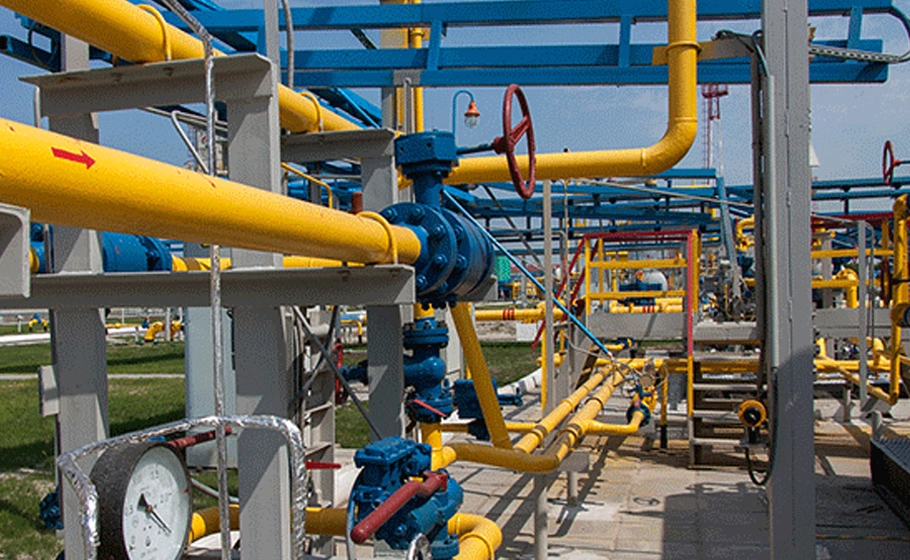Compressed air is often referred to as the "fourth utility" and plays a crucial role in various processes within the air compressor power plant. The compressor in power plant finds applications across different types of power generation technologies, including coal handling, pneumatic instruments, and the operation of several key components such as boilers, turbines, generators, precipitators, and ash handling systems.

1. Fossil Fuel Power Plants: In these plants, compressed air is utilized for a range of tasks. The air compressor in power plant operates pneumatic valves and actuators, assists in starting and stopping diesel engines, and powers tools and equipment required for maintenance and operation. Compressed air is also employed in ventilation and air conditioning systems to ensure proper airflow and temperature control.
2. Nuclear Power Plants: Compressed air is integral to safety systems in nuclear power plants. The air compressor in thermal power plant is used for emergency shutdown mechanisms, operating control rod drive mechanisms to control reactor power, and powering tools and equipment used for maintenance and repairs. The contaminant-free and high-quality nature of compressed air is critical in nuclear facilities to prevent any potential interference with sensitive equipment.
3. Renewable Energy Power Plants: Compressed air has applications in various renewable energy plants. In solar thermal power plants, the compressor in power plant might be used for control systems and maintenance tools. In geothermal and wind power plants, compressed air could power pneumatic systems, assist in equipment maintenance, and play a role in various control mechanisms.
Enhancing Efficiency:
Rotary screw air compressors are crucial in thermal power plants as they provide a continuous supply of compressed air for pneumatic tools. The air compressor in power plant aids in boosting plant efficiency, increasing productivity, and reducing energy consumption.
Clean Air Supply:
Rotary screw instrument air compressor in power plant helps in minimizing pollution emissions from the plant by providing a cleaner source of compressed air. This contributes to a cleaner working environment and reduced environmental impact.
Safe Operations:
One of the significant advantages of rotary screw compressor in power plant is their contribution to operational safety. The industrial rotary screw air compressor provides a secure and reliable source of compressed air for pneumatic tools, which are often safer to use than electric tools due to their spark-free and heat-free operation.
Cost-Effectiveness:
The Rotary screw air compressor offer cost-saving benefits to thermal power plants. The air compressor power plant system provides an economical and efficient source of compressed air, which can reduce operational costs. Pneumatic tools, commonly powered by compressed air, tend to be more cost-effective than electric tools due to lower maintenance requirements and longer lifespan.
The air compressor in power plant provides air source for pneumatic instruments or other pneumatic actuators in power plants;
The air compressor in thermal power plant provides compressed air source for blowing and sweeping the ignition oil pipeline in power plants;
The compressor in power plant provides compressed air for operation and maintenance, machine repair, etc. in power plants.
Some power plants are equipped with air separation systems, which require the installation of air compressors.
The air compressor in thermal power plant operates on a simple principle: converting power (usually from an electric motor) into potential energy stored in pressurized, or compressed, air. This process involves several steps:
Intake: During the intake phase, ambient air is drawn into the compressor in power plant through an intake valve. The air is then trapped in a compression chamber.
Compression: The compression phase is where the actual compression of the air occurs. The compressor uses a piston, which moves inside the cylinder, to compress the air. The piston compresses the air by reducing its volume, which increases the pressure. In some compressors, this process is facilitated by rotating impellers.
Storage: The compressed air is then stored in a tank, ready for use. The storage tank is designed to handle high pressure. As more air gets pumped in, the pressure continues to increase.
Delivery: When the compressed air is needed, it is released through a discharge valve. The pressure of the air can be adjusted based on the requirements of the specific application.
In a air compressor power plant, the compressed air produced by the air compressor is used for various applications, such as operating pneumatic instruments, blowing and sweeping ignition oil pipelines, and providing compressed air for operation and maintenance activities. Some power plants also use air compressors in their air separation systems.
